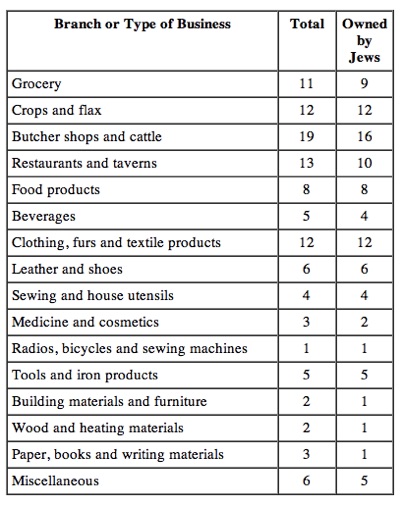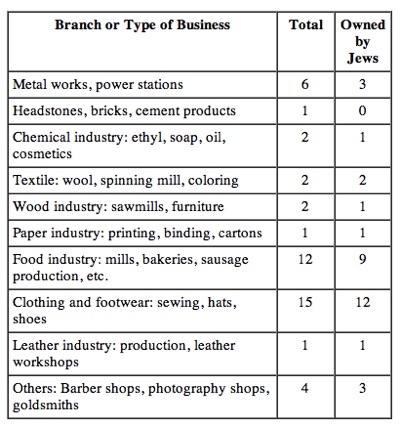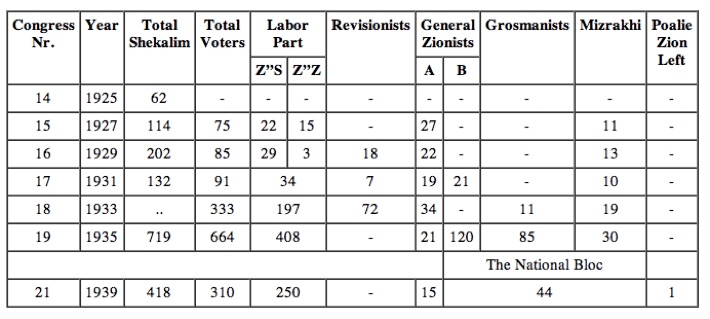Visit by Leon Goldsmith






Our Visit To Kedainiai
August - September 2016


East Central Europe Trip

August 13 to September 7, 2016
Summary of our recent travels:
Poland - We were in Warsaw for 5 nights, including a day trip to the artist colony of Kazimierz Dolny. Visited the new POLIN Museum, a very impressive project. Spent the whole day there. Warsaw was a very interesting city – good food, music and museums. From Warsaw we traveled to Pinsk by car - crossing the border into Belarus took us four hours!
Belarus – Spent 5 nights there. Kerry’s family on her mother’s side was from David-Horodok, a shtetl to the south of Pinsk. We joined 35 Israelis and 15 US citizens, who were descendants of families from this small town to commemorate the massacre of the Jewish community August, 1941. We were based in Pinsk. From there we went to Minsk, where we spent the night and then took a train to Vilnius.
Lithuania - Stayed in Vilnius for four nights. Really enjoyed our time there. Then rented a car and traveled throughout the country for a total of 8 days on the road. Among the places we visited – Trakai, Ziezmariai, Rumsiskes, Kaunas, Vilkaviskis, Kedainiai, Krates, Kelme, Klaipeda (drove down the Curonian Spit to the Russian border), Plunge, Siauliai, Birzai and Joniskis. Holocaust memorials, wooden synagogues, an amazing monastery hotel. As you can imagine. it was a remarkable journey as we headed to Latvia.
Latvia – Spent 6 days. Stayed one night in Mezotnes in a palace and five nights in Riga. Riga had wonderful art-nouveau buildings and amazing restaurants. In Riga we also discovered a vibrant Jewish community of roughly 11,000, albeit the vast majority being secular Jews. We visited the Riga Jewish Community Center where there were hundreds of Jewish children and adults participating in a host of classes and community activities. Then we took a one day trip into the eastern part of Latvia to see Sigulda, Turaida and Cesis.
Some reflections on the trip:
While we enjoyed our travels and seeing so many interesting places, it was at times extremely difficult and challenging. For example, in Poland the current right wing/fascist government is endeavoring to censor the press and scholars when it comes to topic of the destruction of the Jews there. We actually saw the same thing in all the countries we visited. Disturbing, to say the least.
We would hear directly about the Germans and their collaborators annihilating the Jews. Phil kept pointing out that in all four nations (Poland, Belarus, Lithuanian and Latvia) the term collaborators is misleading. It gives the impression that only individuals helped the Nazi machine. It was certainly true that many individuals supported the Germans, turned over Jews for rewards, and regularly participated in their murder. (As Jan Gross points out in his book, Neighbors, there were very few Germans in Jebwabne when the neighbors of the Jews took it upon themselves to kill, burn and beat to death their fellow community members.)
Nonetheless, the term “collaborators” does not go far enough to recognize the active participation of military units, local governments, and police departments in the destruction of the Jews. In each nation organized units joined the Germans to assist them in their work. In Poland, the Blue Police and several Polish Home Army units actually participated with the Germans in hunting down Jews or guarding concentration camps. It is well-documented that Latvian military units as well as Ukrainian ones served with the Nazi military machine. As a final point, in Riga, Jews were forced to sign in and register with local police. They did not sign in with Germans, but the Riga police department. What troubles us is that current Polish/Latvian/Lithuanian political and community leaders would like everyone to believe that it was merely individuals who aided the Nazis, overlooking the active role of military, local government, and police organizations in their respective nations.
The visits to Kerry's town of David-Horodok and Phil’s village of Vilkaviskis were simultaneously very rewarding and very troubling. In David-Horodok, it was rewarding to see the town where Kerry’s grandfather was from and to find the blacksmith shop that his family ran as a small business; it only recently stopped serving the community. We began our day there assembling in the town square to commemorate the service of Soviet soldiers in liberating the village from the Germans. Next we followed the path of the town’s Jews as they were led to the place in the forest where they were massacred. At the site, we held a memorial ceremony where we remembered those family members who had perished. When we spoke with the local educator who has brought Holocaust education to that small town, he told us that the townspeople respected and admired the Jews and would have tried to help but the Germans would have killed them and their families. The reality, however, is very different – there, as elsewhere, most local residents not only did not help, they lined the street as the Jews walked to their deaths and shouted the vile insults, took their coats and hats, and could not wait to occupy their homes and steal anything they could get their hands on.
We heard the same story in Vilkaviskis – that the Jews were admired and respected. As we went from one site to another in the town we were told that many residents tried to hide Jews and help them escape from the Nazi units. At one point, we were told by the local museum director (who went out of his way to show us all of the sites and was very helpful and informative) that over 200 residents of Vilkaviskis were “righteous gentiles” in attempting to rescue their Jews neighbors. I am not opposed to honoring these individuals, but I am not sure that a monument to them should have the same status as one to the 3056 Jews who were slain! And this irony is not unique to Vilkaviskis. We saw the same thing in Riga and in Warsaw.
We also noticed that in all of these countries that many citizens seemed only concerned with the non-Jews who were victims, not the Jews. In fact, several governments - in particular Poland and Lithuania - have come up with the argument that there were two holocausts - the one perpetrated by Germany and the other holocaust started by the Soviets. The reality is that much of this argument is really an attempt to cover up the compliance of these governments in the destruction of the Jewish community. Two authors are worth reading when it comes to understanding this controversy. One is Timothy Snyder, whose book is titled Bloodlands: Europe Between Hitler and Stalin. It is a scholarly study that is a first rate assessment of this very complicated issue. The other author, Yitzhak Arad, is Phil’s favorite for a variety of reasons. First, he was a Lithuanian Jew who battled the Germans as a partisan warrior. Secondly, he migrated to Israel and joined the IDF, retiring as a general. And, finally, at the end of his career he headed Yad Vashem. He has written a variety of books and articles that take issue with the perspective that minimizes the role of non-Jewish locals in the murder of the Jews.
Enough already – the assessment of the trip is ongoing. It was incredible and devastating all at the same time. Below is a list of sources recommended for those wishing to explore some additional information regarding East Central Europe and the Jews:
BOOKS
Raul Hilberg – Destruction of the European Jews; Perpetrators, Victims and Bystanders; and Politics of Memory
Irina Guzenberg – Vilnius Sites of Jewish Memory: A Concise Guide
Joshua Zimmerman – Polish Underground and the Jews 1939-1945
Jan Gross – Neighbors; Golden Harvest
Yitzak Arad – The Partisans; Ghetto in Flames
FILMS:
The Last Days Shoah
GENERAL GUIDEBOOK
Poland; Estonia, Latvia & Lithuania: A DK Eyewitness Travel Guide














Note: Many of our pictures are posted on Kerry’s facebook page if you are interested.




